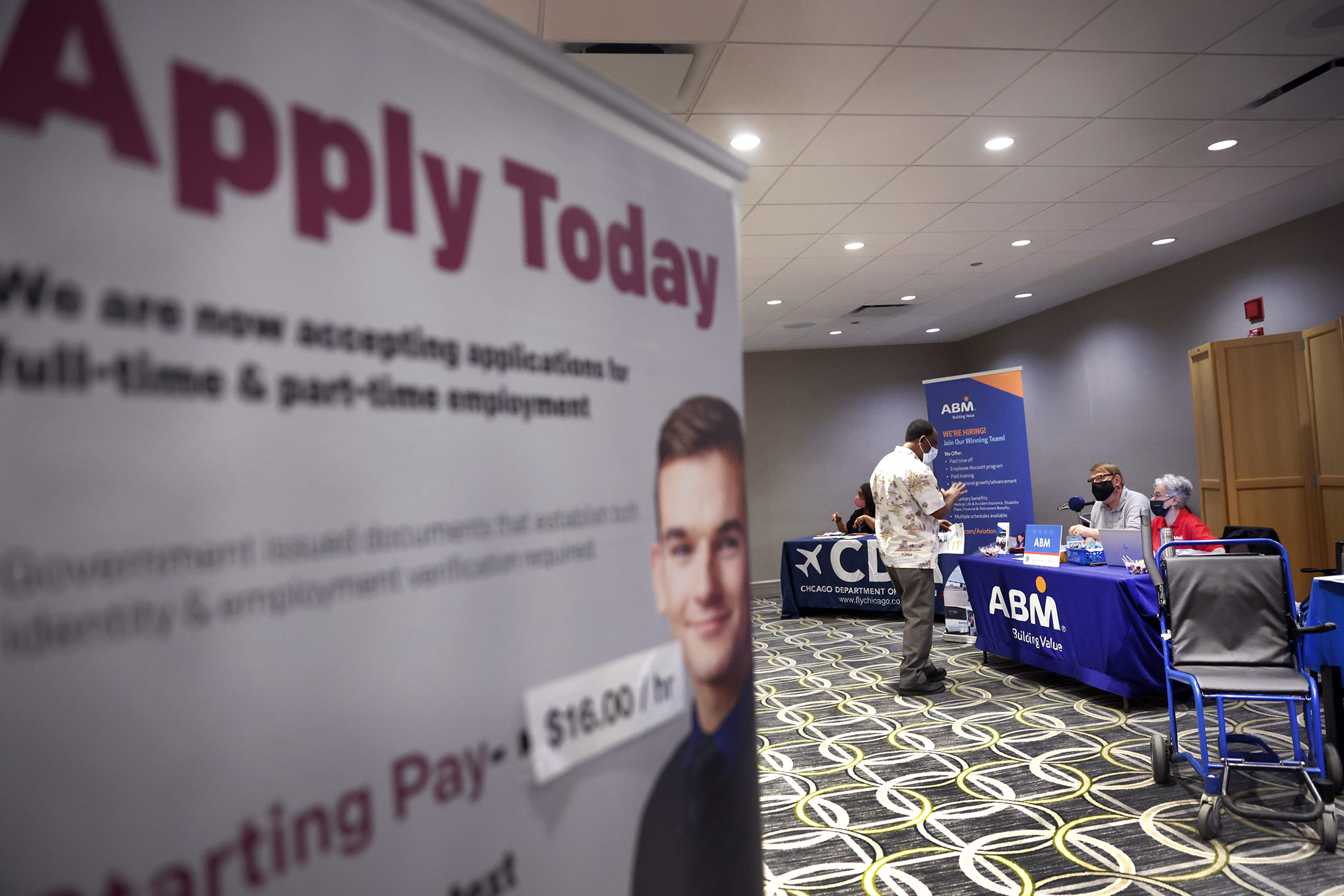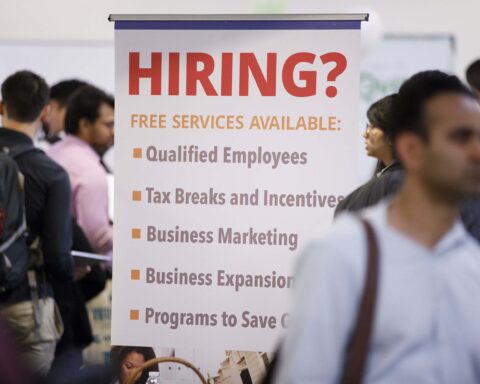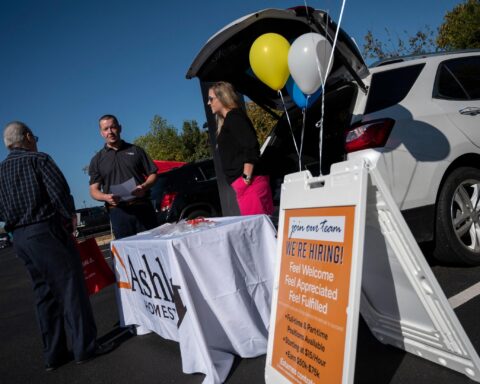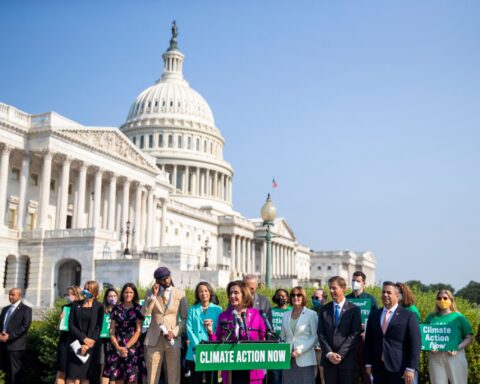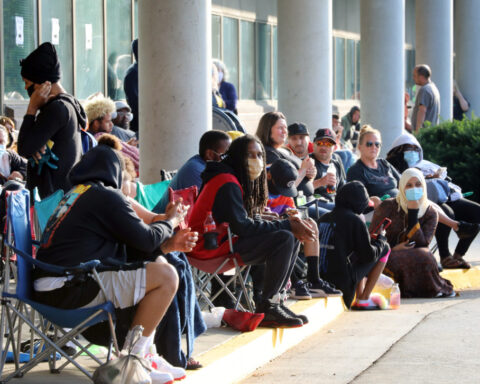America’s job market recovery picked up some steam in May, with 559,000 positions added back to the economy.
It was a second sizable miss of analyst expectations after a big disappointment in April. Economists had predicted 650,000 jobs added in May.
The unemployment rate fell to 5.8%, the Bureau of Labor Statistics reported Friday. This is the lowest rate of joblessness since March 2020, when it stood at 4.4% and full effect of the pandemic lockdown hadn’t happened yet.
The labor force participation rate was more or less flat in May at 61.6%, showing that the unemployment rate went down because people found jobs and not only because they dropped out of the workforce.
Women accounted for most of the added jobs, with the number of female workers over the age of 20 growing by 381,000. Teenagers, who accounted for most of the gains in April, added another 70,000 jobs.
The May report was also a big improvement from the revised 278,000 jobs added in April. The initial read of 266,000 jobs last month was the biggest miss versus expectations since Refinitiv started recording that data in 1999.
Nevertheless, America is still down 7.6 million jobs compared with February 2020. And while adding more than half a million jobs in a month is a solid pace of growth, “we will need to keep up this tempo for quite some time to get back to a semblance of the pre-pandemic labor market,” said Indeed economic research director Nick Bunker.
“It’s a month at a time,” Labor Secretary Marty Walsh told CNN’s Poppy Harlow Friday morning, adding, “there’s no question we still have work to do.”
The biggest job gains happened in the the leisure and hospitality industry with 292,000 jobs added back, mostly at restaurants and bars.
As things are going more back to normal, with non-pandemic health care needs and more in-person schooling, the health care and education sectors also added jobs. Construction and retail shedded jobs.
The weird shape of the recovery
The labor market is in a weird spot, showing just how uneven and awkward the recovery is.
For example, the unemployment rate is falling in part because workers are finding jobs, but people are also leaving the workforce. Even though joblessness rates fell across demographic groups, many of them also saw drops in labor force participation.
Unemployment rates for non-White workers are still much higher than for the White population, which stands at 5.1%.
The unemployment rate for Black workers dropped to 9.1% in May from 9.7%, and the Hispanic jobless rate fell to 7.3% from 7.9%.
The Asian unemployment rate fell to 5.5% from 5.7%.
“Even with today’s gains, the Americans who have long been harmed by the country’s deep structural racism and sexism are still facing the worst unemployment rates,” said Michael Madowitz, economist at the left-leaning Center for American Progress.
And even though millions of people remain unemployed or have had to leave the labor force, businesses complain of worker shortages. Companies are raising wages to attract and retain employees.
The May data showed hourly earnings rose by 15 cents to $30.33.
Meanwhile, various states have announced they will end the pandemic era expanded jobless benefits before the official expiry in September. Whether that will spur a jump in job applicants remains to be seen.
“I think the unemployment insurance and the $300 that people are getting right now is allowing the opportunity to put food on the table and keep a roof over their head as their jobs come back, as their industries open up,” said Labor Secretary Walsh.
Critics of higher unemployment aid say the bigger payments have kept people sitting on their couches. But the pandemic isn’t over yet and workers are still balancing health and exposure risks, as well as child care, with going back to work.
Hopes are high that the full return to in-person schooling in September will allow those kept at home due to care responsibilities to rejoin the labor force.

